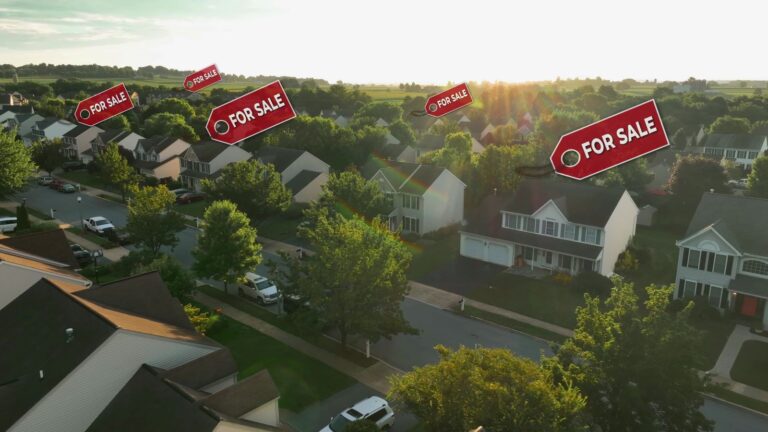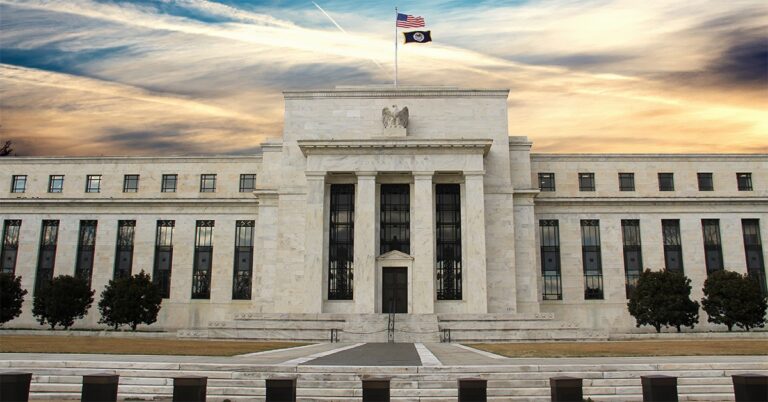The newest Mortgage Monitor report from Black Knight portrays a residential real estate market that’s stuck in a vicious circle as declining credit availability adds to the affordability crisis exacerbated by high interest rates and steep home prices.
As Andy Walden, Black Knight’s vice president of enterprise research, succinctly puts it, “in a sense, the gridlocked housing market has been feeding on itself.”
“While elevated interest rates continue to weigh on both affordability and demand, they’re simultaneously constricting supply as well as would-be sellers who locked in ultra-low rates early in the pandemic and continue to sit on the sidelines,” Walden added. “The combination of lower supply and demand in April led to both slowing sales and firming prices. In fact, while home sales dipped, April marked the fourth consecutive month of home price gains, which are now almost universally rising across the country again on a seasonally adjusted basis.”
Per Black Knight’s numbers, only one market is still seeing meaningful price declines: Austin, which is also the only market where inventory has eclipsed pre-pandemic levels.
“In today’s market, interest rates are acting as a double-edged sword, reducing or increasing both demand and supply as they rise and fall, making it challenging to find a rate-driven path to easing affordability and home prices,” Walden noted.
Such onerous fundamentals are holding back the normally fervent spring housing market, compounded by a new wrench in the works in the form of tightening credit. According to Optimal Blue rate lock data from Black Knight, average credit scores and downpayments are both on the uptick.
Additionally, Black Knight figures show April home purchase credit scores at their highest level since at least 2000, when the company first began tracking the metric. Such credit rigidity has only encouraged the ongoing slowdown in purchase locks, which fell 11% from the week ending March 25 to the week ending May 20 — a statistic that should be trending the opposite way as the spring market heats up.
Instead, after coming within 15% of pre-pandemic purchase-lock levels earlier in the year, locks have now slid back to more than 30% below this threshold.
“Demand is obviously suffering,” Walden said, “and the fact that this spring’s strengthening home prices have erased more than 60% of the ‘correction’ seen late last year isn’t likely to help much on that front.”








